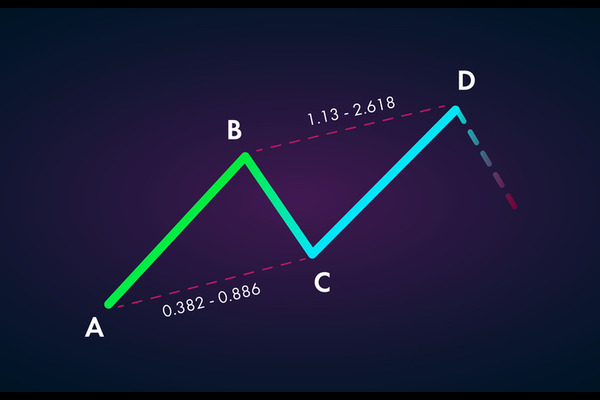US bonds, the full name of a US Treasury bond, refer to treasury bonds issued
by the US government. As one of the largest bond markets in the world, US
treasury bonds not only directly affect the economic trend of the United States
but also have a significant impact on the global financial market. US bonds are
also called US Treasury bonds.

Introduction to US Treasuries
US Treasury bonds are US government bonds. Generally speaking, a country's
fiscal revenue and expenditure cannot be completely equal, so it often
encounters fiscal deficits or surpluses. So at this time, the country can use
treasury bonds to balance its revenue and expenditure, so that these revenues
can be balanced.
According to the different issuance methods, U.S. treasury bonds can be
divided into voucher treasury bond bonds, physical coupon treasury bond bonds
(also known as bearer treasury bond bonds or treasury bonds), and bookkeeping
treasury bonds.
voucher-type treasury bond
A credential treasury bond refers to the treasury bond issued by the state by
filling in the treasury bill receipt certificate instead of printing physical
bonds. It is in the form of a Treasury bond receipt voucher as proof of
creditor's rights, which cannot be listed for circulation or transfer, and the
interest is calculated from the date of purchase.
During the holding period, if the holder needs to withdraw cash in special
circumstances, they can redeem it in advance at the purchasing point. When
redeeming in advance, in addition to repaying the principal, the interest shall
be calculated based on the actual number of days held and the corresponding
interest rate range. The handling agency shall charge a handling fee of 2
percent of the principal redeemed.
Bookkeeping treasury bond
Bookkeeping treasury bonds record creditor's rights in the form of
bookkeeping, issue and trade through the trading system of stock exchanges, and
can be registered and reported for loss. Investors who engage in book-kept
Securities trading must establish accounts on the stock exchange. Since the
issuance and transaction of bookkeeping treasury bonds are done electronically,
they are highly efficient, low-cost, and safe.
Physical coupon treasury bond
Physical bond A treasury bond refers to a kind of government bond issued by
the national financial authority to make up for the imbalance between the
revenue and expenditure of the national treasury. Treasury bonds were invented
by British economist and writer Walter Bazot in 1877 and were first issued in
Britain. Due to the fact that the debtor of treasury bills is the state and
their repayment guarantee is the national fiscal revenue, it has almost no
credit default risk and is the credit tool with the least risk in the financial
market.
How to issue US Treasury Bonds
The issuance of US Treasury Bonds adopts the method of a regular auction.
Three- and six-month Treasury bills are auctioned on Mondays, and one-year bills
are auctioned on the third week of each month. Treasury bills are delivered on
Thursdays; Auctions are held in January, February, April, May, August, October,
and November for two years. The Ministry of Finance announces the auction amount
in the middle of the month, sets the price one week later, and delivers around
the end of the month. Auctions are held in the second month of each quarter
(February, May, August, and October) for five and ten years; Auctions are held
annually in February and August for thirty years. The auction amount of
five-year, ten-year, and 30-year Treasury Bonds is generally announced by the
Ministry of Finance at the beginning of the month. The price is set a week
later, and mid-month is the 15th day of delivery.
The Main Determinants of US Bond Yield
Term premium: The longer the borrowing time, the higher the yield.
Supply-demand relationship: Bond yields are influenced by supply and demand
conditions, and bond prices decrease, indicating that the bond market is
oversupplied, leading to an increase in yield, and vice versa.
inflation expectation: Generally, it has a significant impact on bond yields
with longer maturities. The higher the inflation expectation, the more interest
compensation investors demand and the higher the bond yield.







